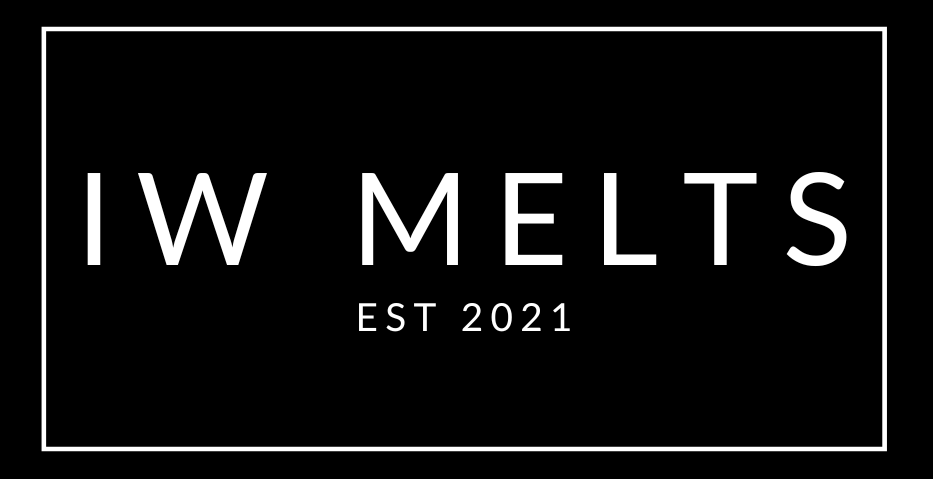must read
wax melt safety guide
wax melt storage
- Wax melts are sensitive to light and temperate, you can avoid your wax melts cracking and melting by storing in a cool, dry place, away from direct sunlight.
- Keep your wax melts dust free by keeping them in the packaging they was dispatched to you in.
- Wax melts of one scent should not be mixed with other scents as they not have been tested for burning safely.
wax melt safety
- Do not put fingers or hands into the unit whilst lit/on.
- To reduce the risk of injury, keep out of reach of children, pets & vulnerable people.
- Do not leave unattended or burning out of sight.
- Place the warmer on a level & heat resistant surface away from other heat elements.
- Do not mix 2 fragrances within one warmer.
- Keep away from drafts.
- Do not overfill the warmer well.
- Do not move the warmer whilst the warmer is lit/on as the warmer will be hot.
- Allow to cool when finished using.
- Do not use metal objects to clean out the wax, this may crack & damage the warmer.
- CLP labels displayed on all wax melts for further health and safety advice.
wax melt usage instructions
- Remove all packaging & place the required amount of wax melt in the well of your burner with an unscented tealight or an electric burner.
- Only burn the wax melt on a level, fire resistant surface.
-
Do not burn for more than 4 hours at a time.
removing wax safely
When the time comes to change the wax in your warmer it must be done safely
The key thing to remember is that all wax warmers, electric or tea light are fragile. If you put pressure on them to remove wax they are likely to break.
It is best to wait until your wax is fully cooled before trying to remove it. When the wax is a solid the best way to release and remove it is to add a little bit of heat. Replace your warmer with a tealight and after about 30 seconds of heat gently push the wax to slide it out of the warmer. Remember that wax gets hot and this should never be done if the wax is cooling from being fully melted as it may not be fully set. We suggest using heat resistant gloves your fingertips as you remove the wax. You can then throw the wax away and clean your warmer before starting again.
With electric warmers you will find it takes a little longer to release the wax. Pop your light on and wait a few minutes. What you will see is a tiny bubble in the middle of the wax as it starts to melt. When you see this it is time to remove the wax from the dish. Again it should only take a push of the fingertips to remove. The electric warmers come in a range of designs and it is fair to say some of the dishes are easier to get the wax out of than others. You may find with some that it is better to wear protective gloves and scoop the softened wax out.
When washing your wax dish or cleaning your warmer please ensure that you use only soapy warm water and a soft cloth to ensure you do not create hairline cracks as they are fragile. Items such as furniture polish are flammable.
We do not recommend the following trends which have been on social media –
- Use any blunt object to remove the wax whether it is slightly soft or hard. This puts pressure on the warmer and it is at risk of breaking.
- Place the warmer or dish in a freezer. The extreme of cold can also cause hairline cracking which may not be as noticeable. This can lead to a risk of fire.
- Soak hot wax up with cotton/tissues . There is a risk you may burn yourself.
It is essential that after cleaning and before using your warmer again that you inspect it to ensure there are no cracks or issues with it. Used in the correct way wax warmers are very safe. Your warmer must be completely dry before the next use. Issues arise when there is misuse of the warmer

we are CLP Compliant & Fully Insured
All Wax melt & candle suppliers by law have to be clp compliant.
CLP sets detailed criteria for the labeling elements: pictograms, signal words and standard statements for hazard, prevention, response, storage and disposal, for every hazard class and category. It also sets general packaging standards to ensure the safe supply of hazardous substances and mixtures.
